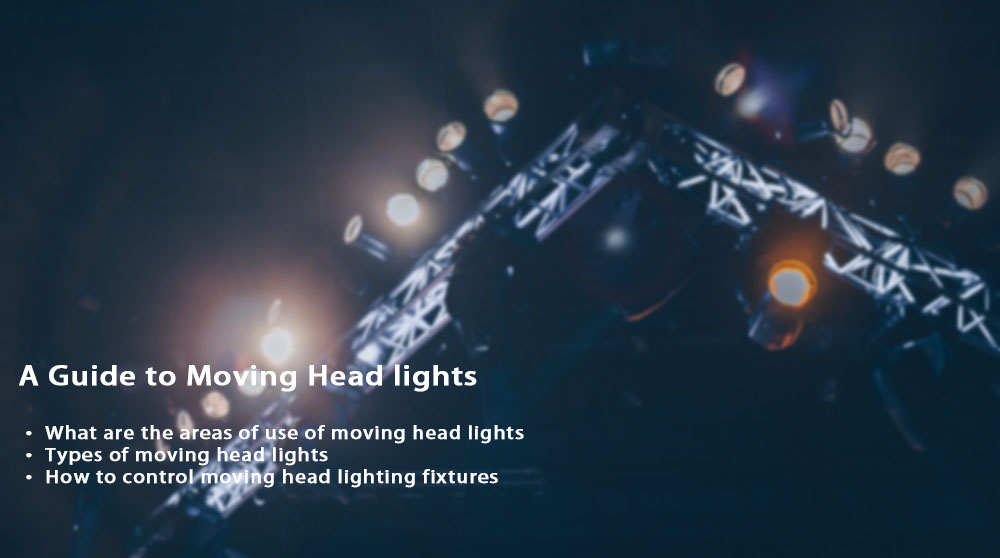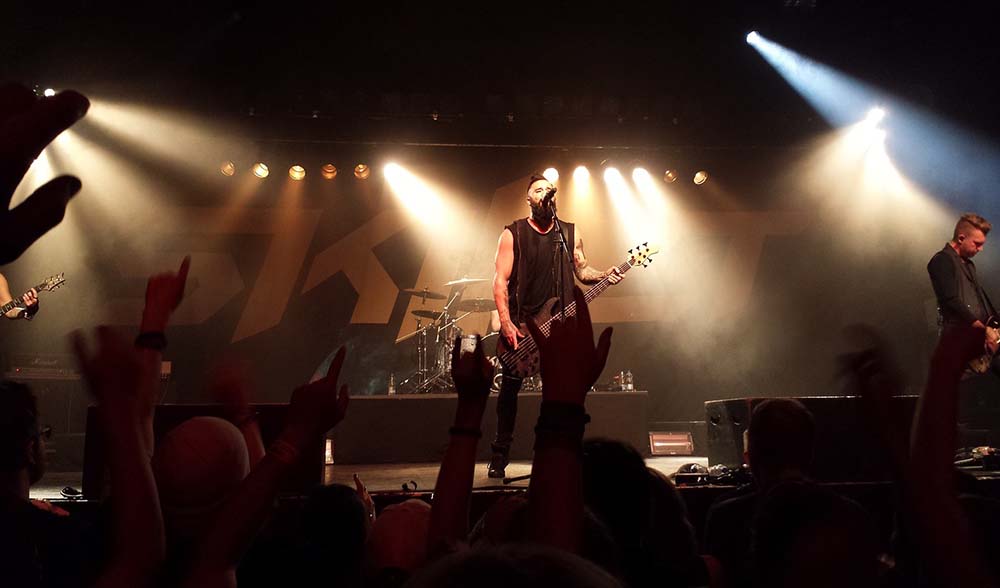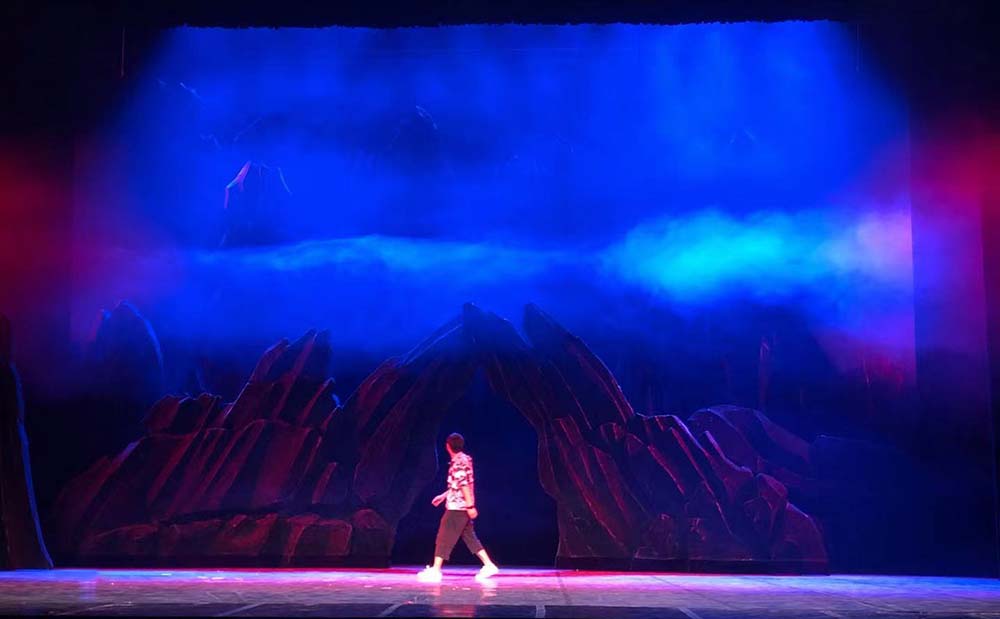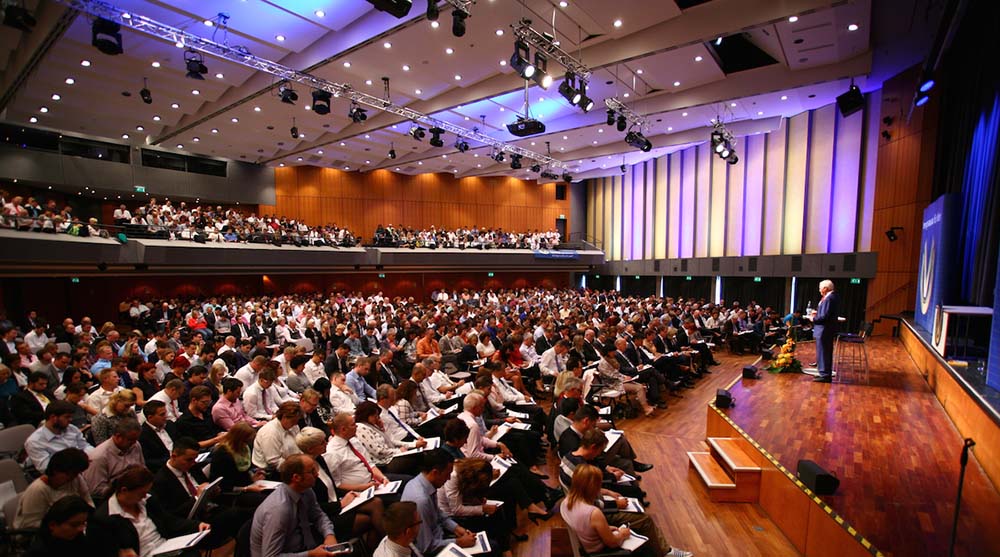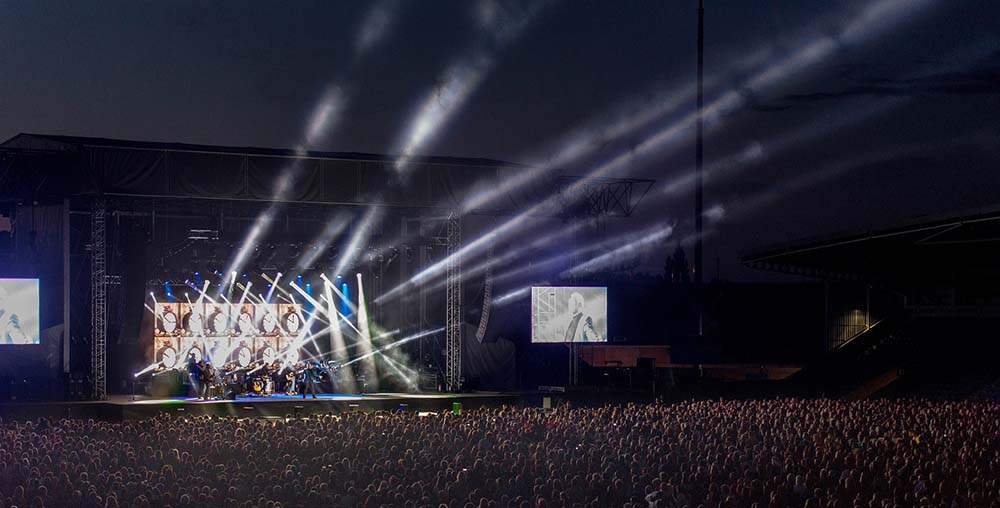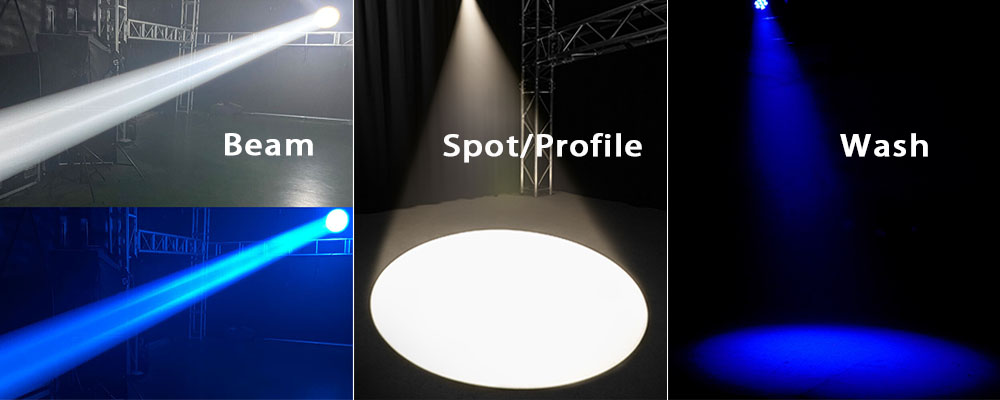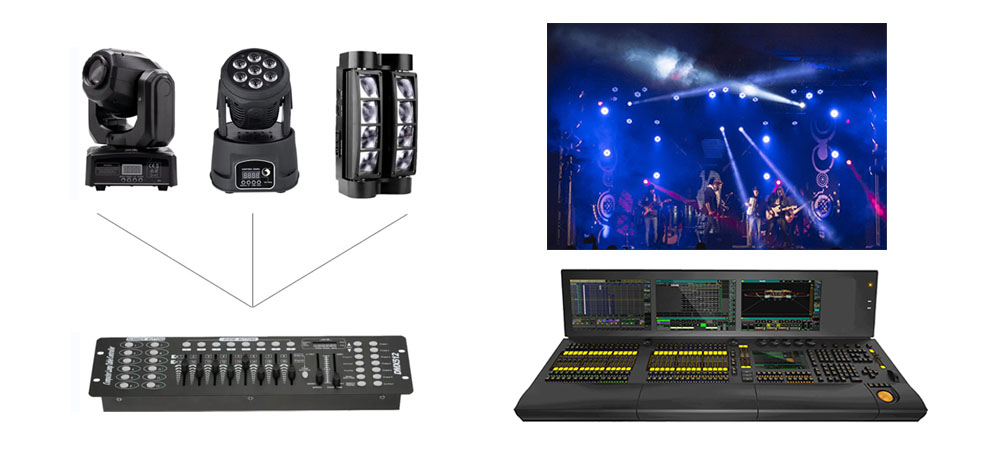• What are the areas of use of moving head lights?
• Types of moving head lights
• How to control moving head lighting fixtures?
• What are the areas of use of moving head lights?
1. Live performance events
For live events, including concerts, nightclubs, and wedding parties, moving head fixtures need to be selected based on the size and shape of the specific venue. Larger venues may require longer throw distances and higher brightness to ensure uniformity and visibility of lighting effects. At the same time, moving head lights also need to have the ability to move quickly and smoothly to meet the needs of dancing, jumping, and rhythm in live performance events. Different events may also require different lighting effects, including a variety of colors and beam shape options.
2. Theatre/stage play
In theater/stage play performances, the high CRI of the moving head lamp is very important because it can accurately restore the actors’ skin color and clothing color, making their image on the stage more real and vivid. High CRI lamps can provide more natural light, and avoid skin tone distortion and color deviation, allowing the audience to better appreciate the actors’ performances and emotional expressions. Therefore, choosing a high CRI wash moving head will be your best choice.
3. Speeches/Conferences
In speech/meeting situations, the CRI and color temperature of light are critical to creating a good visual environment and improving the effect of the speech. CRI is an indicator used to measure the ability of a light source to restore the color of an object, while the color temperature is an indicator used to describe whether the color of light is warmer or cooler. Requirements for moving head lights include uniform illumination to ensure clear visibility of speakers; low-noise operation so as not to interfere with speeches or meetings; and adjustable brightness and color temperature to adapt to different stage settings and atmospheres.
4. Outdoor events
Performances of outdoor activities need to overcome the impact of environmental factors on performance, such as dark nights, rainy days, and dust. Therefore, moving head lights need to meet the following two requirements:
High brightness: Outdoor activities are usually held at night or in dim environments, so moving head lights need to be bright enough to provide good lighting effects. High-brightness lamps can help participants observe their surroundings more clearly and increase safety.
Waterproof and dustproof: Outdoor activities often face various weather conditions, including rain, mud, and dust. Therefore, moving head lights need to be waterproof and dustproof to ensure reliability and durability in harsh climate conditions.
The above is Beyond Lighting‘s experience in using moving head lights based on years of cooperation with our users as a stage lighting manufacturer. Of course, feel free to contact us if you have more ideas.
• Types of moving head lights
In the stage lighting industry, there are 4 types of moving head fixtures, each with a unique purpose.
1. Beam Lights:
Beam lights are characterized by their narrow and intense beams of light. They are designed to produce bright and sharp rays, allowing for focused illumination. These fixtures often create clear light circles and sharp edges, emphasizing specific objects or areas on the stage. Beam lights are commonly used to highlight performers and create dramatic effects.
2. Spot/Profile Lights:
Spotlights, also known as profile lights, offer the versatility of adjusting beam shape and size. By using gobos, which are templates that modify the light beam, spotlights can project different patterns or shapes onto the stage. These fixtures excel at producing sharp and well-defined projections, making them perfect for precise illumination and projecting patterns on specific areas.
3. Wash Lights:
Wash lights feature wide-angle beams, capable of quickly scanning large areas. They are used to create colorful and dynamic lighting effects on the stage. Wash lights emit soft and uniform light, helping to illuminate the entire stage or backdrop. These fixtures are essential for setting the mood and ambiance of a performance.
4. Hybrid Fixtures:
Hybrid lighting fixtures combine the functionalities of beam lights, spot/profile lights, and wash lights. They offer a comprehensive range of lighting effects and are equipped with features such as rotating lenses, variable focus, and gobos. Hybrid fixtures allow lighting designers to switch between and blend different lighting effects, offering endless creative possibilities.
In brief, beam lights focus on highlighting specific elements, spot/profile lights offer precision and pattern projection, wash lights create a colorful and dynamic ambiance, while hybrid fixtures provide a combination of various effects. By carefully selecting the appropriate fixture for each stage requirement, lighting designers can create stunning visual experiences that enhance the overall performance.
• How to control moving head lighting fixtures?
Moving head lighting fixtures are usually controlled through a lighting console, which is a device specifically designed for operating lighting equipment. Here are general control methods:
1. Connection: First, connect the lighting console to the moving head lighting fixtures using DMX (Digital Multiplexing) cables. Ensure that the connection is correct and the signal transmission is stable.
2. Addressing: Each moving head lighting fixture has a unique DMX address for communication with the lighting console. Use the console’s setup interface to assign and set the address for each fixture.
3. Channel adjustment: Use the console’s channel control function to adjust various parameters of the moving head lighting fixtures, such as brightness, color, focus, and movement speed. Each channel corresponds to different lighting parameters, which can be adjusted as needed.
4. Presets and programming: Lighting consoles typically provide preset and programming functions, allowing you to set and save lighting effects in advance. You can also use the programming function to customize complex lighting effects such as movement, color fading, and strobing.
5. Control modes: Lighting consoles usually offer multiple control modes, including manual operation, music triggering, time triggering, and automatic looping. Choose the appropriate control mode based on your needs.
It is important to note that controlling moving head lighting fixtures requires a certain level of lighting control knowledge and experience. It is recommended to read the user manuals of the console and fixtures before operation, and consult professional lighting technicians for assistance when needed.
Post time: Sep-23-2023

